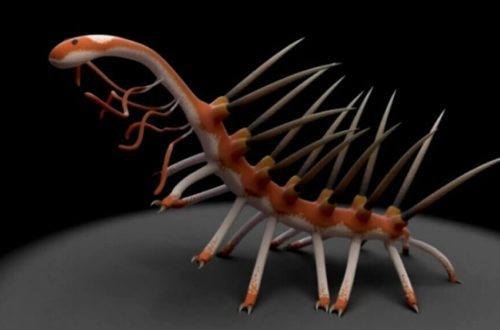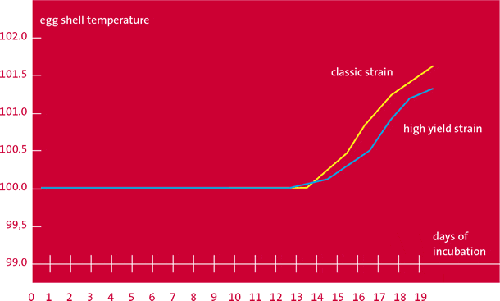
Why do beavers build dams? Causes, construction techniques and interesting facts
Any child knows that every beaver is an excellent builder! These representatives of the animal world build such amazing and perfect dams from fallen trees that an experienced engineer and a talented hydraulic engineer can envy such structures! Why do beavers build dams?
In the vastness of our planet, a huge number of animals live, leading both near-water and aquatic lifestyles. On the territory of the CIS, one of the funniest and most attention-grabbing aquatic inhabitants is the beaver.because literally his whole life is connected with water. Most often, beavers live:
- in lakes;
- in streams;
- in the rivers.
A large flat tail and webbed hind legs allow the beaver to move quickly, easily and freely through the water, and with the help of long strong incisors this the animal manages not only to gnaw through incredibly thick branches, but even to cut down huge trees, which at first glance is simply impossible! Another amazing feature of the beaver and adaptation for life in water is the isolation of its incisors from the rest of the oral cavity. This allows the beaver to gnaw on branches and trees underwater, eliminating the possibility of choking.
Beaver habitats are divided into two types:
- burrows;
- “huts” (animals build them exclusively in those places where burrowing is impossible — on swampy soil, shallows or low banks).
Contents
Why do beavers build dams? Reasons for construction and features of structures
So, for what, after all, beavers build dams, using branches, sticks, as well as stones, silt and clay? First, these industrious animals are faced with the task of change the direction of the flow of water to subsequently flood certain places and form a kind of pond, where later the beaver will build his house, which is also called the “hut”. Secondly, by constructing a kind of artificial ponds with the help of dams, beavers create the most favorable conditions for the appearance of thickets and swamp vegetation in the backwaters. Thus, plantations of lush greenery become an additional help in the diet of animals.
Interesting to know
The standard size of a “hut” is 20-30 meters long, 4-6 meters wide and 1-2 meters high. At the same time, North American beavers hold the record for the length of their huge hydraulic structures. Especially large dams are located in the least densely populated places where the virginity of nature is not disturbed by human activity.
According to scientists-observers, dams of incredible size periodically appear in American reserves. One of these dams is 230 meters long and 70 meters wide., however, an even larger structure was soon discovered, the length of which is more than a kilometer. Presumably, the construction of such a dam took at least several decades, and several generations of beavers were involved in the construction.
Beavers begin building the dam by gnawing at the base of the tree. When large trees fall and form the base of the dam, animals use smaller trees for further construction, reinforcing the dam with branches, stones and clay. Dams built by beavers are usually so strong that they can easily support the weight of a large animal.e.g. horses.
What is a beaver hut? What does it look like and why build it?
After the construction of the dam, the beavers begin to build their future home. “Hatki” are real engineering structures made of soil and tree branches of various sizes, from the side they resemble an ordinary pile of brushwood. Such houses have the form of an inverted bowl, consisting of two spaces separated from each other. One such room is filled with small gravel, it serves as a dwelling for a whole family of animals, while the second, near the exit, is a pantry for tree branches and shoots (the food of these animals).
Usually, the house of the beaver family protrudes 1–3 meters above the water surface, but the entrance to it is always under water, where even in very severe frosts the water does not freeze. Moreover, during construction, smart animals strictly control the size of the entrance and arrange the approach to the house in such a way that only beavers can get into it. In the upper part of the “hut” there is a small hole through which light and fresh air enter the beaver’s dwelling. In beaver “huts” animals store food supplies, sleep, and raise beaver cubs. The cozy and warm dwelling of beavers also helps them to protect themselves from enemies and wait out the cold seasons.
Beavers not only carefully plan the construction of the dam, but also closely monitor this structure. If any damage occurs, the animals immediately start repairing their home, as the safety of the entire family depends on it.





